Royal Canin Canine Care Nutrition Coat Beauty Wet Dog Food
I love it
It is dustless and it can cover the bad smell
Lasts 2-3 weeks it depends on how many cats you have. I have 6 cats and a whole bag of 20L is enough, in week 4 I add another bag the 5 L.
الرمل وايد حلو و تكتله جدا ممتاز انصحكم فيه
إذا بتشترون اشتروا ٣ اكياس مع بعض عشان يخصمون من المبلغ هالشي جدا يساعد إذا عندكم اكثر من قط و ماتقدرون تدفعون وايد فلوس. الرمل حرفيا مافيه غبار ابدا و يقعد عندكم فتره طويله يعني أنا عندي ٦ قطط واستخدم ال ٢٠ لتر ويقعد ثلاث اسابيع و بعدين اضيف عليه ال ٥ لتر و يوم اشوف انه الرمل خلاص تغير اقطه
Good product. My dog loves it














































































































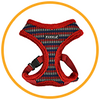










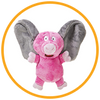
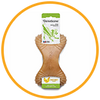














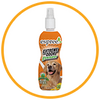
















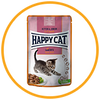










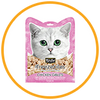














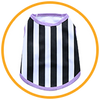
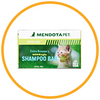



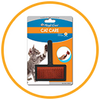


 الدعم
الدعم
 الحساب
الحساب